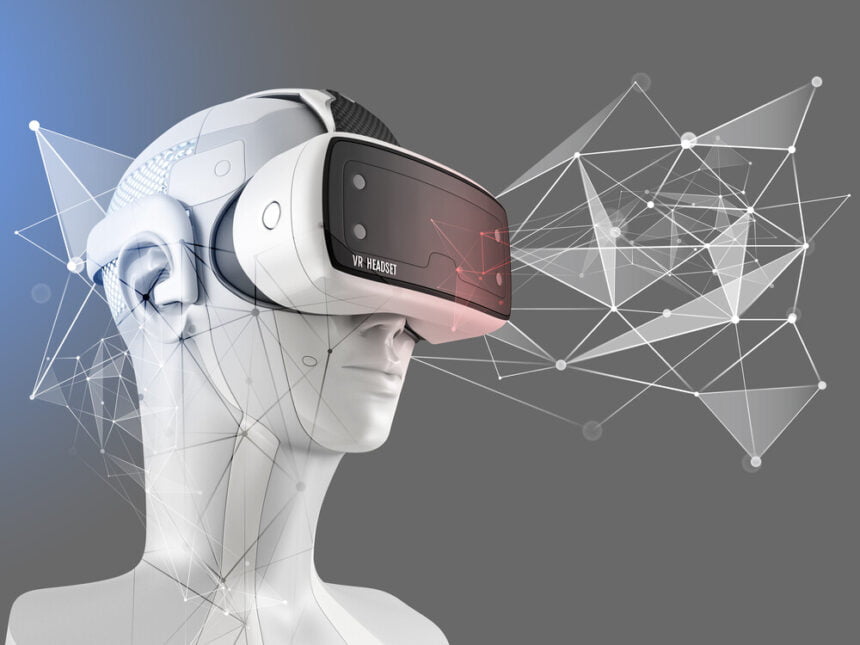The first recorded robot designs can be traced back to Leonardo da Vinci. Near the turn of the 16th century, da Vinci created drawings of mechanical knights that could move. Several centuries later, the first robots were built.
Robots have evolved remarkably over the years. New technology is going to open even more doors in the field of robotics. Big data and cloud technology are among the biggest game changers.
How Big data and cloud computing are transforming robotics
The Goldberg school at Berkeley recently discussed the advances in robotics over the years. They pointed out that robots used to be restricted by on board computation resources and internal software applications. They cite that there are four major benefits of using cloud technology for robotics.
There are at least four potential advantages to using the Cloud:
1) Big Data: access to updated libraries of images, maps, and object/product data.
2) Cloud Computing: access to parallel grid computing on demand for statistical analysis, learning, and motion planning.
3) Collective Learning: robots and systems sharing trajectories, control policies, and outcomes.
4) Human Computation: use of crowdsourcing to tap human skills for analyzing images and video, classification, learning, and error recovery. The Cloud can also provide access to
- a) Datasets, publications, models, benchmarks, and simulation tools.
- b) Open competitions for designs and systems.
- c) Open-source software. It is important to recognize that Cloud Robotics and Automation raises critical new questions related to network latency, quality of service, privacy, and security.
Cloud computing is providing new platforms for robots to access information external resources on the cloud. There are several reasons this is beneficial:
- External resources enable them to learn more quickly and adapt in real-time.
- Cloud resources allow open source developers to provide tools to customize robots.
- Robots can use the cloud and big data to discover information that will help them perform their functions better.
A number of robotic applications are already benefiting from these solutions. The Google car is one of the prime examples. This car taps into maps, satellite data, weather aggregation platforms and other data sources to improve navigation and safety.
RoboCop is becoming a reality.
Law-enforcement agencies will also be using cloud-based robots to improve public safety. These robots will be able to process feeds from nearby security cameras to identify the location of possible criminal activity in areas where civilians may be at risk. Bomb squads can use robots that can sort through massive databases of known types of bombs and explosive material to better defuse them. They may also be able to estimate windspeeds, distances and other factors that come into play while sharpshooting, making them ideal snipers.
Robots have already made a significant contribution to healthcare.
Cloud-based robots may make the biggest impact in the field of healthcare. They will be able to connect to hundreds of thousands of different resources to better diagnose patients. Some oscilloscopes, like those from Keysight, have up to 33 GHz of bandwidth, which are ideal for these types of functions.
Healthcare providers are not equipped to make perfectly accurate diagnoses in the 15-minute sessions they schedule with their patients. There are tens of thousands of different symptoms that need to be evaluated before a physician can make an accurate diagnosis. Fortunately, a new generation of robots will be able to process all of these symptoms in less time. They can connect to cloud-based resources in a matter of seconds and process all symptoms to better understand their patients.
The applications for cloud-based robots are virtually endless. In the near future, big data and cloud computing will likely create even more opportunities that we have never considered.

